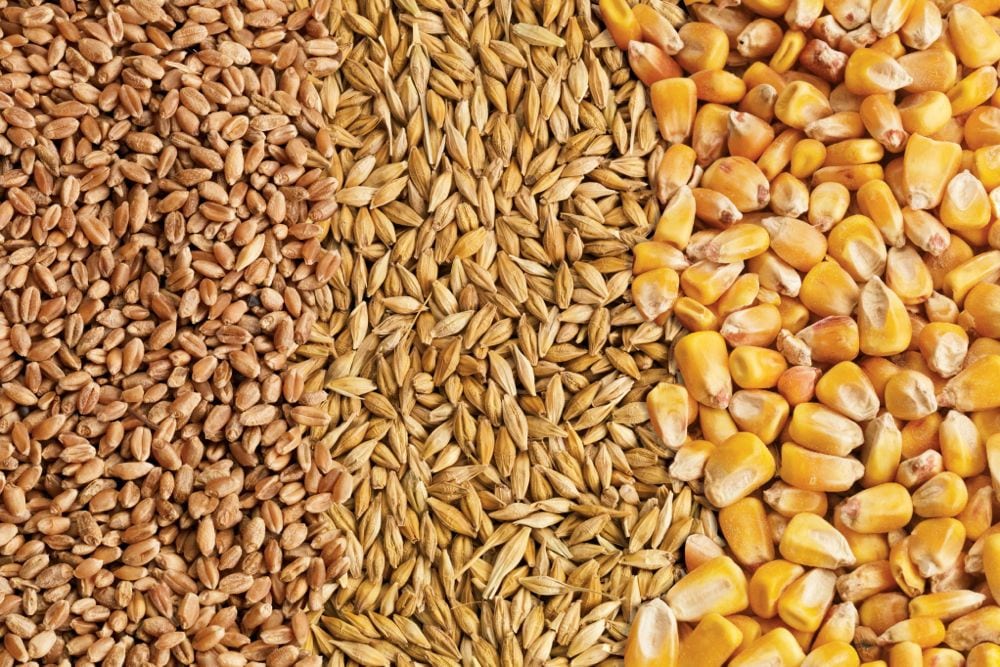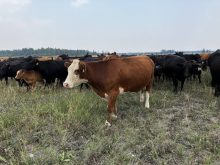Western Canadian feeder cattle prices were steady last week with week-ago levels, with grass cattle trading $2-$4 per hundredweight (cwt) higher.
The market in general is experiencing lower volumes with steady demand. Despite the weaker economic situation, fed cattle prices appear to be stabilizing, with the deferred live cattle futures factoring in lower production for the third and fourth quarters. Stronger buying interest was noted for cow-calf pairs with good-quality animals bringing over $2,200.
A mixed small group of age-verified feeder steers weighing 550 pounds sold for $168/cwt in east-central Alberta, which was considered good value; Simmental steers weighing 750 lbs. sold for $145/cwt in the Edmonton area. Alberta packers were buying fed cattle in the range of $112-$114/cwt. Steer carcass weights are about 25 lbs. above last year’s, which suggests feedlots are still backed up with market-ready cattle.
Read Also

Feed Grains Weekly: Good export demand pushing up domestic prices
Prices for feed barley and wheat have been trending higher lately, said analyst Jerry Klassen of Resilient Capital in Winnipeg.
Barley prices remain firm at $248 per tonne given the tight supply in Western Canada. While Western Canada has experienced favourable growing conditions, a part of the corn belt remains dry and the 10-day forecast is for limited rainfall.
The feedgrains complex may incorporate a risk premium due to the uncertainty in corn production over the next few weeks, which will overhang on the feeder cattle market. Feedlot operators are having a difficult time forecasting the cost per pound gain over the next four months, which usually results in slight discounts when purchasing replacement cattle. They need some risk protection.
Negative U.S. economic data, along with the European financial crisis, is also spilling over into the meat complex. Consumer spending is expected to slow down in June and July, which will temper demand. U.S. disposable income is rising on an annual basis by 2.2 per cent, which is below the long-term average of 6.7 per cent. The industry is expecting a sharper year-over-year decline in beef production in the latter half of 2012 but consumers may have a difficult time paying higher prices. We need to see higher income levels to sustain the current price structure in wholesale and retail beef values.
— Jerry Klassen is a commodity market analyst in Winnipeg and maintains an interest in the family feedlot in southern Alberta. He writes an in-depth biweekly commentary, Canadian Feedlot and Cattle Market Analysis, for feedlot operators in Canada. He can be reached by email at [email protected] for questions or comments.















